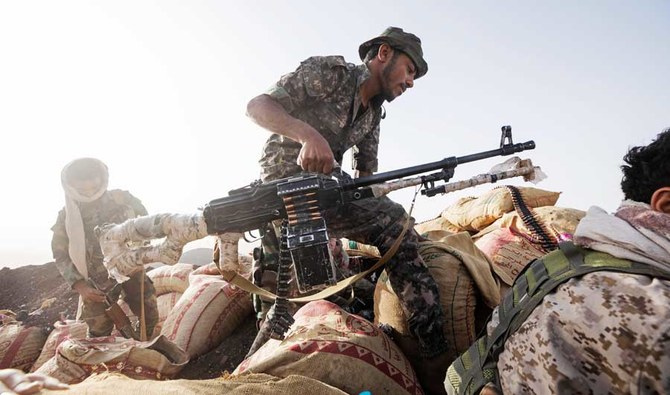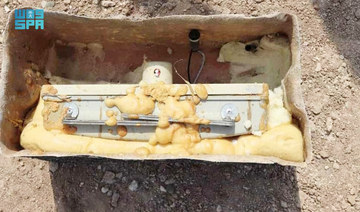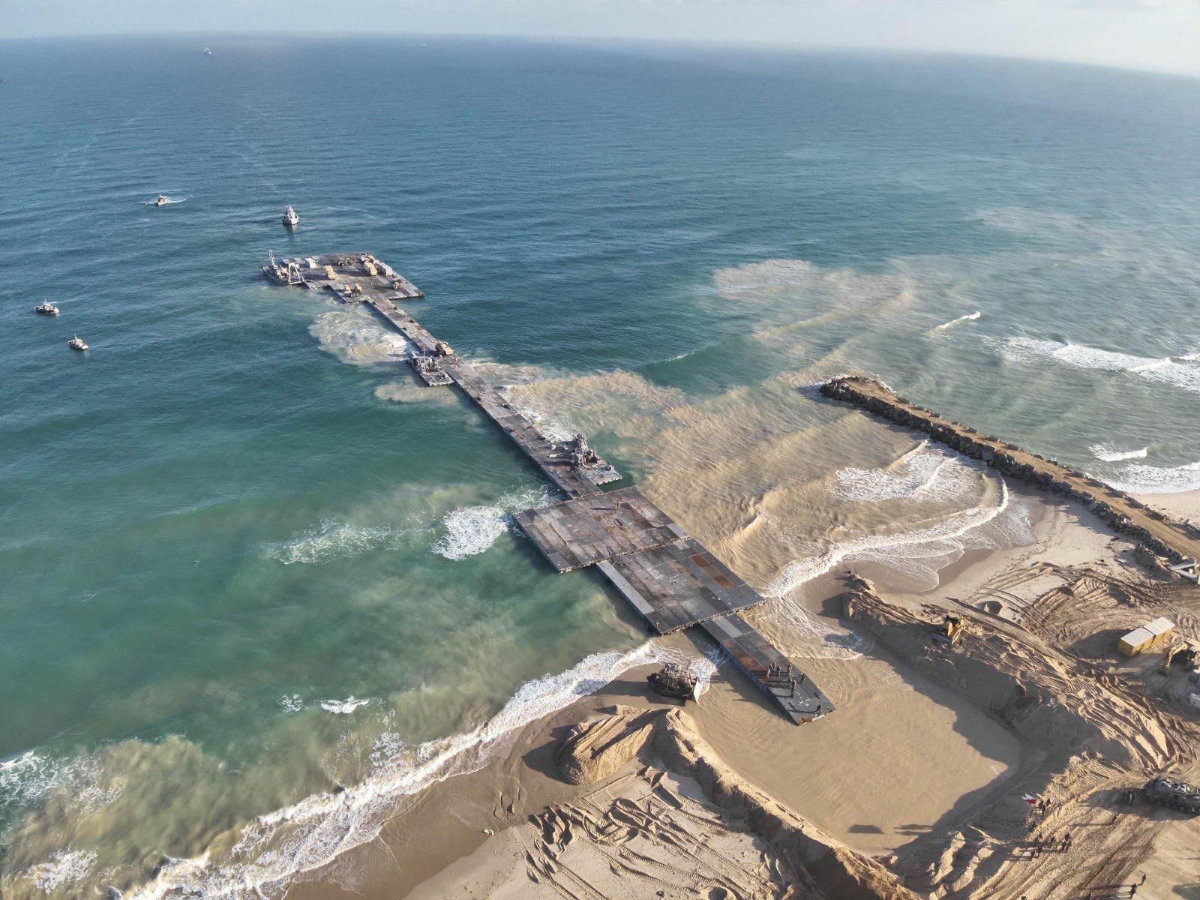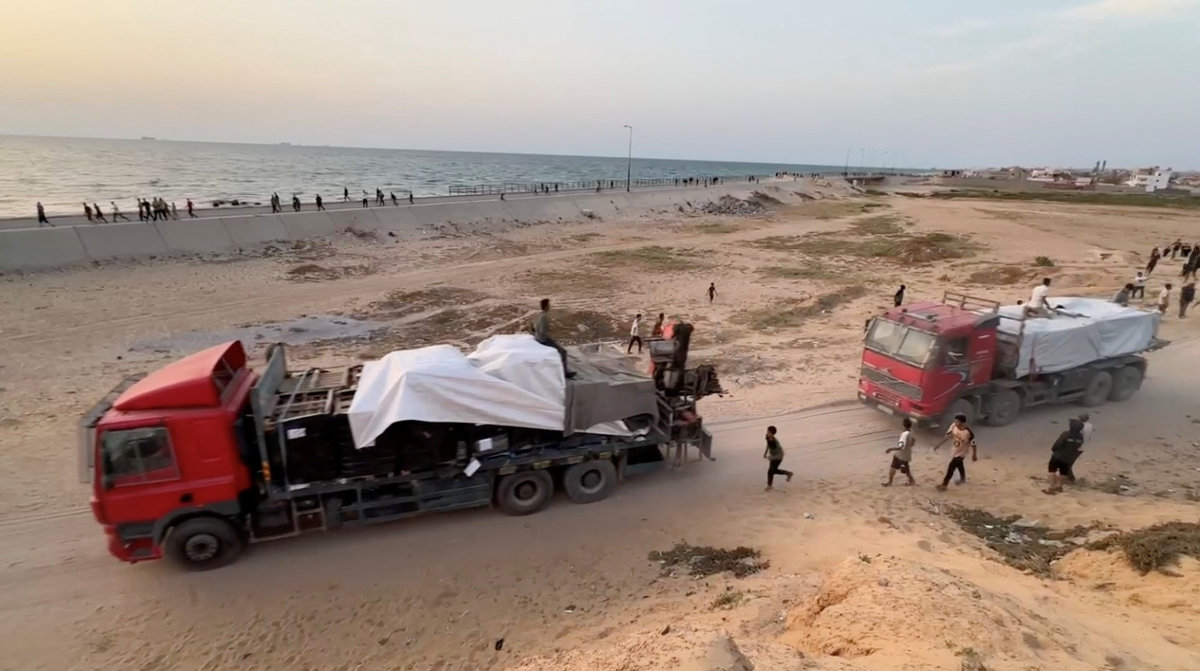ALEXANDRIA: Artillery shells fired by the Iran-backed Houthis on Sunday evening struck a residential area in Yemen’s densely populated southern city of Taiz, killing three young civilians, army spokesman Abdul Basit Al-Baher told Arab News on Monday.
The shelling came as fighting between government troops and the Houthis flared up in contested areas outside the city.
From their positions on the city's eastern suburbs, the Houthis on Sunday evening shelled different civilian targets in the city’s downtown, which is under the government’s control.
Their strikes triggered explosions that rocked the city and claimed the lives of three people, residents said.
Unable to seize control of the city’s downtown due to stiff resistance from government troops, the terrorist outfit has laid siege to Taiz for the last six years, frequently targeting civilians, hospitals, houses and schools.
Major rights groups have accused the Houthis of deliberately killing and wounding hundreds of civilians in Taiz and blocking the delivery of humanitarian assistance to tens of thousands of hungry and sick residents.
FASTFACT
Major rights groups have accused the Houthis of deliberately killing and wounding hundreds of civilians in Taiz and blocking the delivery of humanitarian assistance to tens of thousands of hungry and sick residents.
The Yemen Defense Ministry said that government troops engaged in heavy fighting with the Houthis west and east of Taiz province, with the Houthis suffering casualties and abandoning military equipment.
Yemeni Army troops have mounted regular assaults on the Houthis on the city’s perimeter with the aim of breaking the siege. They have only managed to liberate rugged and mountainous roads that link the city with southern provinces.
Fighting continued unabated on Monday in the central province of Marib where the Houthis pressed ahead with a deadly offensive to seize control of the strategic city of Marib.
State media said the Houthis continued attacking government troops in Al-Mashjah and Al-Kasara areas, west of Marib city, despite suffering heavy casualties and territorial losses.
Thousands of government troops and Houthis have been killed in heavy fighting outside the city of Marib since February when the Houthis escalated attacks on the city.
Based on official Houthi reports on funeral processions, Al-Sahil Al-Gharbi news site reported on Monday that the Houthis had buried 306 fighters, including high-ranking military leaders, in areas under their control from July 1 to 20.
Yemeni government officials said that Houthis in the central province of Al-Bayda began detonating the houses of tribal leaders who aided government troops during their latest offensive in the province. Ahmed Arman, Yemen’s minister of legal affairs and human rights, told Arab News on Monday that the Houthis started settling scores with tribal figures who supported the Yemeni government by displacing their families and destroying houses.
On Sunday, Yemeni activists shared with Arab News a video captured by a civilian showing Houthis blowing up a two-story house in Al-Zaher owned by a tribal figure called Hussein Saleh Al-Humaiqani. “Sooner or later, the Houthis will be punished for these crimes,” Arman said.
Yemen’s Information Minister Muammar Al-Eryani also strongly condemned the Houthi destruction of their opponents’ houses, a tactic used by Daesh and Al-Qaeda.
He added that the Houthis have blown up more than 816 houses to displace the families of their opponents since taking power by forces in late 2014.
“We strongly condemn Iranian-backed Houthi militia’s bombing of Hussein Saleh Al-Barmani Al-Humaiqani house in Al-Zahir Al Al-Humaiqani, Al-Bayda, using the same style of terrorist organizations such as ISIS (another term used for the terror group Daesh), Al-Qaeda style in blowing up houses, terrorizing citizens, and systematic revenge against whoever disagrees with them,” Al-Eryani said in a Twitter post.
























